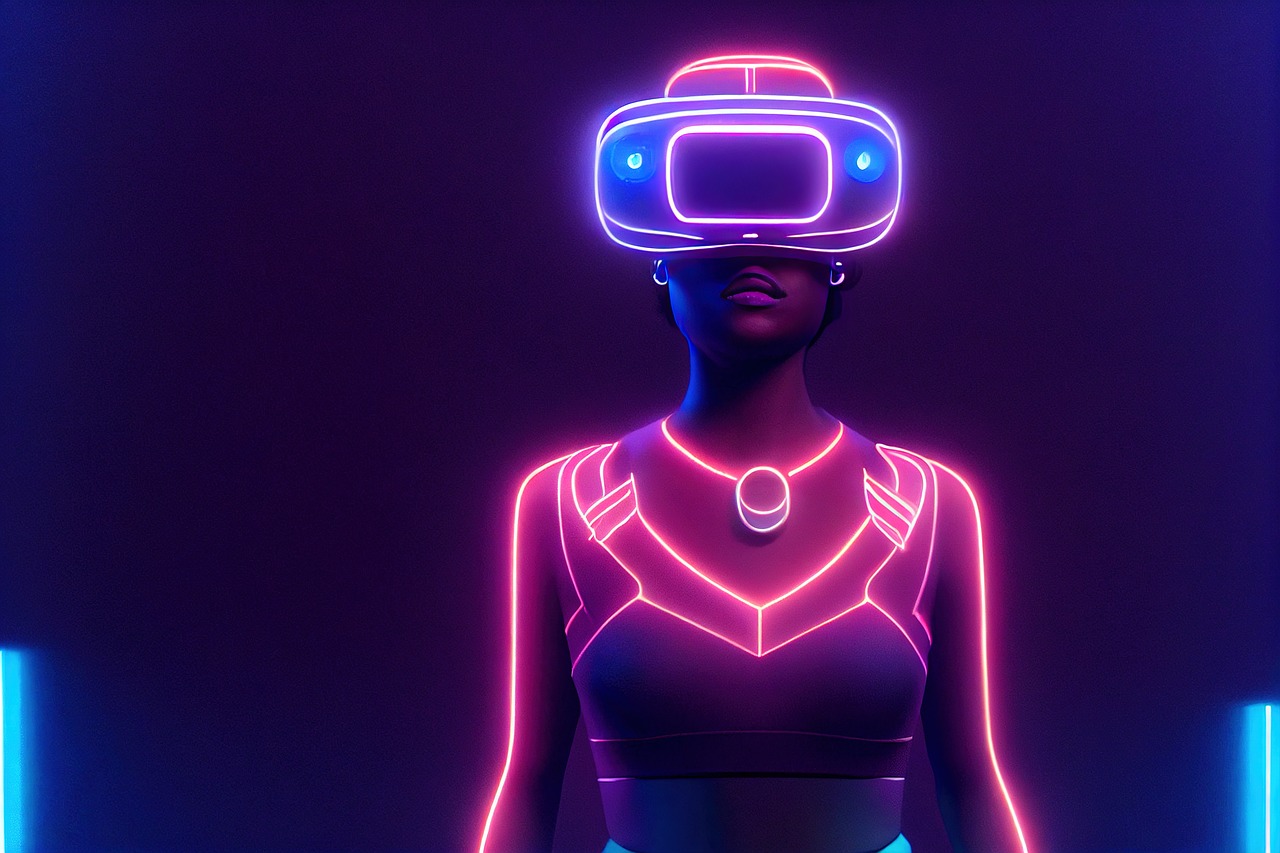Reimagining Reality: The Surging Popularity of Virtual Reality in Theatre
The theatre has always been a space where reality and fiction intertwine, transporting audiences into new worlds, narratives, and experiences. However, the advent of virtual reality (VR) technologies presents a new frontier for this timeless medium. While the concept of VR in theatre might have seemed like a far-fetched idea just a few years ago, it is now becoming an increasingly prominent part of the artistic landscape. This article explores this intriguing development, delving into its origins, current trends, and future implications.

The Genesis of Virtual Reality in Theatre
The incorporation of VR in theatre is a relatively recent phenomenon, stemming from the technological advancements of the last decade. The initial use of VR in performance art was met with skepticism, with some traditionalists viewing it as a threat to the live, human connection that lies at the heart of theatre. However, as artists began to experiment with these technologies, they discovered new ways to enhance storytelling and audience engagement.
Current Trends and Developments
Today, theatre productions are increasingly incorporating VR, creating immersive experiences that transcend traditional limitations. For instance, productions are now able to transport audiences to different settings and time periods, allowing them to witness events unfold in an unprecedentedly intimate manner. Moreover, interactive VR allows audiences to influence the narrative, blurring the line between passive spectators and active participants.
The Impact and Reception of VR in Theatre
The introduction of VR into theatre has sparked a lively debate, with critics and audiences alike divided on its impact. Some argue that it detracts from the inherently communal nature of theatre, while others contend that it enhances immersion, making performances more engaging. Despite these differing opinions, there is no denying that VR has reshaped theatre, pushing the boundaries of what is possible and opening up new avenues for artistic expression.
Looking Towards the Future
As VR technology continues to evolve, its role in theatre is poised to grow. Future advancements could allow for more sophisticated interactions, deeper immersion, and more complex narratives. While the potential implications of this trend are vast, one thing is certain: VR is redefining the theatre experience, offering audiences novel ways to engage with stories and sparking a revolution in the world of performance art.
In conclusion, while the integration of VR into theatre is a relatively recent development, its impact has been profound. As we look towards the future, it is clear that this trend is set to continue, shaping the landscape of theatre in ways we can only begin to imagine. Whether you’re a theatre aficionado or a tech enthusiast, the fusion of VR and theatre presents an exciting new frontier in the world of arts and entertainment.




